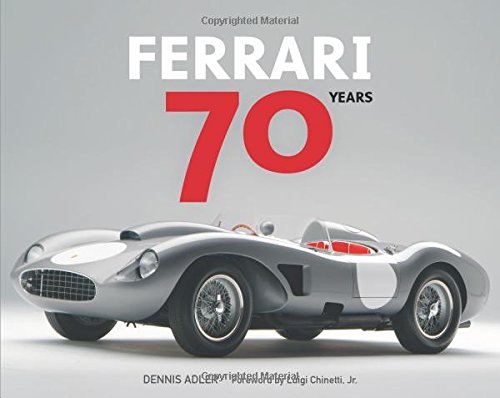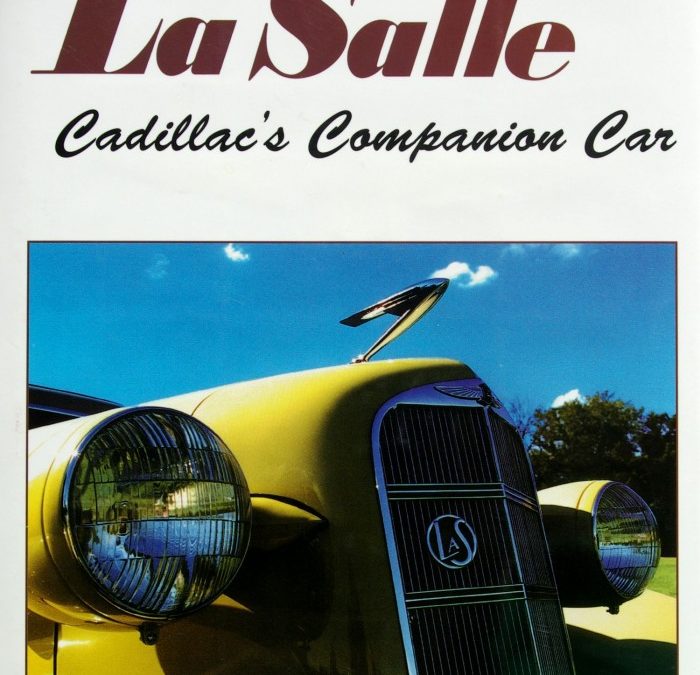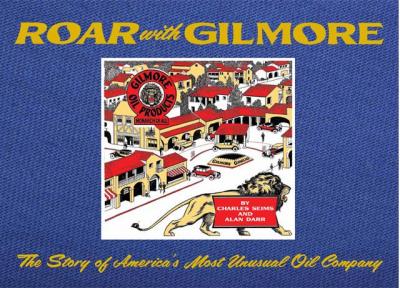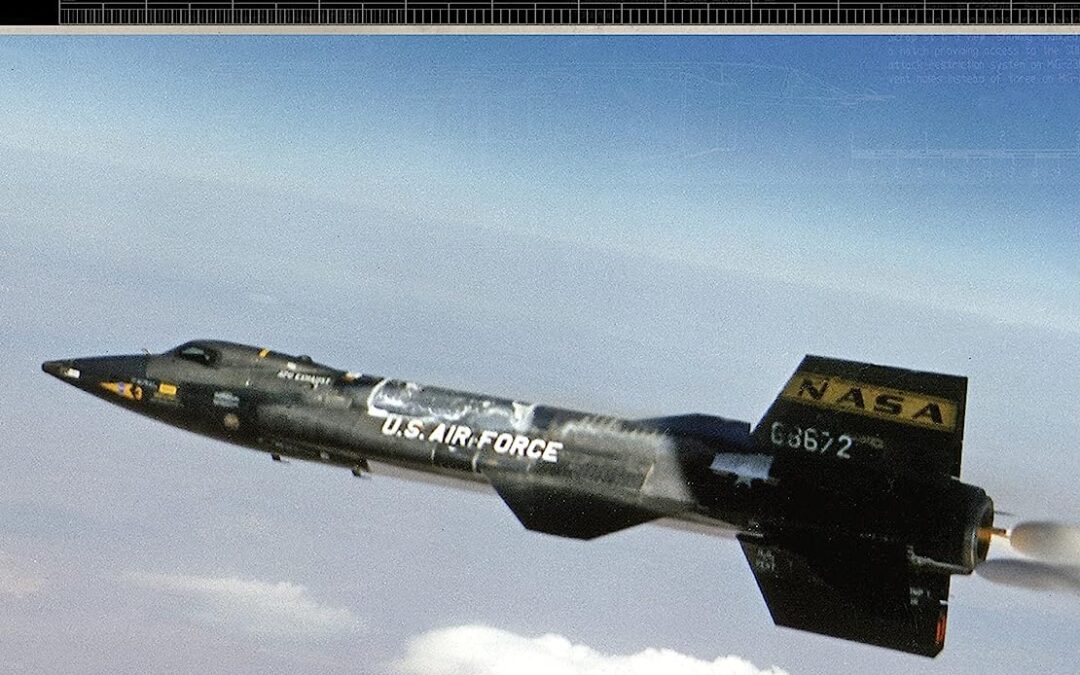
The revolutionary X-15 remains the fastest manned aircraft ever to fly. Built in in the two decades following World War II, it was the most successful of the high-speed X-planes. The only recently broken ‘sound barrier’ was smashed completely by the X-15, which could hit Mach 6.7 and soar to altitudes above 350,000ft, beyond the edge of space. Several pilots qualified as astronauts by flying above 50 miles altitude in the X-15, including Neil Armstrong, the first man on the Moon. The three X-15s made 199 flights, testing new technologies and techniques which greatly eased America’s entry into manned space travel, and made the Apollo missions and Space Shuttle viable propositions. With historical photographs and stunning digital artwork, this is the story of arguably the greatest of the X-Planes.

In the early 1960s, Lee Iacocca–then director of the Ford division at Ford Motor Company–convinced Henry Ford II to produce a sporty four-seat car aimed at the emerging youth market. That car, essentially a reconfigured and re-skinned Falcon economy car, became the Ford Mustang, and it changed the automotive world like no other car before or since.
In Ford Mustang: America’s Original Pony Car, acclaimed Mustang writer Donald Farr celebrates this unbroken lineage of muscle. He chronicles the car’s phenomenal first-year sales, the new pony car category it pioneered, and subsequent models that include the Mustang GT, Shelby GT350, Shelby GT500, Super Cobra Jet, Boss 302, and Boss 429 – all part of a line of American performance cars that continues to this day.
Created in cooperation with Ford Motor Company and featuring some 400 photos from its historic and media archives, Ford Mustang is a must on the bookshelf of any muscle car or Ford aficionado

Le Mans Review 2016 featuring Radio Le Mans commentary
“Finally eighteen”
With their eighteenth overall win at the 24 hours of Le Mans Porsche can be said to have come of age in 2016.
However, if wisdom comes to those who face extreme adversity surely Toyota must be wise well beyond their years.
With just three minutes left in the race after 24 hours of racing the new Toyota TS050 hybrid looked set for a sensational debut win – until fate stepped in.
The official twitter account summed up the feeling with just one word: “Heartbroken”.
Ford managed the feat of a debut victory with their new GT in the LMGTE Pro class, fifty years after the first win of the famous GT40.
With weather playing a role, once more, and a fiercely competitive field of evenly matched machines and drivers, the stage was set for a dramatic race and the reality didn’t disappoint.
The official review features all of the amazing highlights from one of the most closely fought races in years, where there were never more than a few laps between the leaders.

In this collection of terrifying possibilities, follow a New York Field Investigator for the Mutual UFO Network (MUFON) as he investigates and discusses over 70 important Ufology topics that gravely affect the US. This book is broken into three parts―The Biggest, Baddest, Scariest UFO Events In America; Crashes, Chases, Shoot-downs, and Mysteries; and Alien Abductions. Find out how ordinary citizens are involved with the Greys, insectoids, reptilians, and Nordics. Follow military jets, trying to protect the populace, as they hunt down and chase alien craft; and meet abductees who may never be the same after horrifying nonhuman encounters. Discover that government agents may be around you: soldiers of the Anti-UFO-Army. Be careful how you approach the study of UFOs and aliens. The author believes that if you want to meet extraterrestrials and experience their high strangeness or abductions, you will; find out how at your own risk
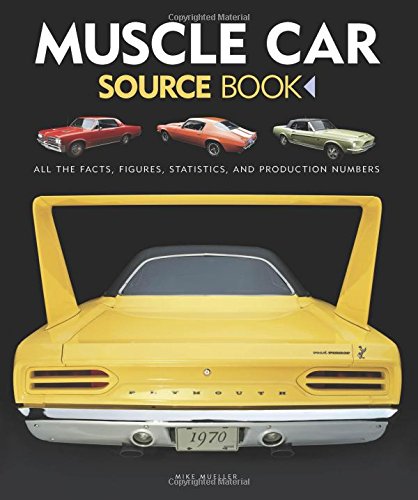
SOLD OUT
From 1963 to 1974, muscle cars were the kings of the road–no other American automobiles have ever inspired as much passion as these classic performance cars.
Muscle Car Source Book is a one-stop resource for muscle car fans. Heavily illustrated with vivid color photography of all the muscle cars from the classic era (1963-1974) and chock full of data and historical facts, this is a reference book you will not want to put down! All of the manufacturers–Ford, Chevrolet, Pontiac, Buick AMC, Dodge, and Plymouth–are covered, and so are the cars, including the Camaro, Mustang, Charger, GTO, and many more!
Statistics: All the performance data available for each car is presented in easily read tables.
Specifications: Detailed specifications, including horsepower and torque ratings, curb weight, fuel capacity, stock wheel and tire sizes, and other key technical data unique to each model is given.
Production numbers: Production information is broken down across all the performance variants and major features.
Options: Major performance options available for each car including engine options, comfort features, gauge packages, and wheel-and-tire options are all outlined.

By Donald F. Wood. Today, hundreds of thousands of people live in RVs permanently, and even more use campers and RVs for recreation. This is the first and only book to give an entertaining look at the history and evolution of this popular lifestyle and hobby. Hundreds of nostalgic photographs show a wide variety of campers and RVs throughout the entire 20th century.
See early auto tent-camping, converted buses, fold-out trailers, homemade campers, foreign exploration expeditions and even traveling chapels with living quarters for pastors! Anyone who has ever enjoyed RVs and campers will be thrilled by this retrospective look at these vehicles and their predecessors throughout the 20th Century. Chapters broken down by decade with brief 2-3 page introductory material for each chapter.
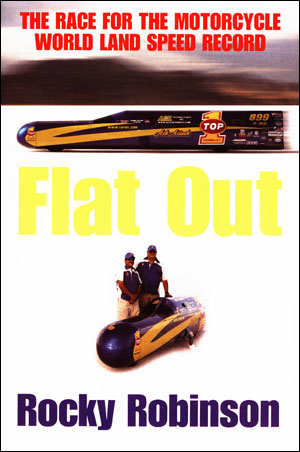
Some records are made to be broken. Others stand for a lifetime. And sometimes the achievement of a lifetime is surpassed in days. In the world of motorsports, the one record that has proven the toughest to break is the motorcycle land speed record. Don Vesco rode a streamlined motorcycle to a record-breaking speed of 318 miles per hour at the Bonneville Salt Flats in 1974. It was sixteen years before Dave Campos flew past that record at a speed of 322 miles per hour. And that record had stood for another sixteen years when, on Labor Day Weekend, 2006, a motorcycle daredevil and aspiring writer named Rocky Robinson rode a Suzuki-powered streamliner at an incredible 344 mph. How he got there–and how he faced his greatest challenge at his moment of triumph–is the story Robinson tells in Flat Out. Here is Robinsons epic decade-long quest to be the fastest motorcycle rider on earth, recounted in all its gritty detail–a compulsively readable account that captures the hard work, sacrifice, and dedication that go into being the worlds best, as well as the sheer terror of riding these two-wheeled rockets nearly six miles per minute.
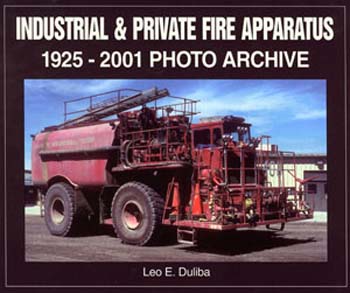
Here is your chance to see some of the world_s most secret fire apparatus. Corporations do not welcome photographers so these rigs are rarely seen and publicity concerning the rigs is discouraged. Fire apparatus fans will welcome this opportunity to see rigs they have never before seen. The equipment here is broken down into more than 40 categories, including atomic energy, chemical, dams, environmental, hotels, movie studios, mining, railroads, shipbuilding and theme parks, among others. Softbound: 10 1/4_x 8 1/2_, 128 pgs., 120 B&W ill.
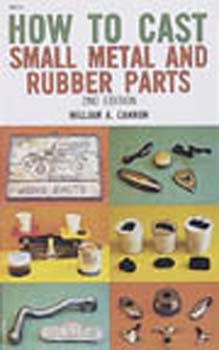
CamronA complete guide for the amateur craftsman on casting restoration parts. How to reproduce broken and worn-out parts in brass, bronze, other metals and rubber. How to make your own tools. Author is contributing editor to the restoration magazine Skinned Knuckles. Pub. 1986. 2nd ed. Sftbd., 5x 8 1/2, 144 pgs., 130 ill.
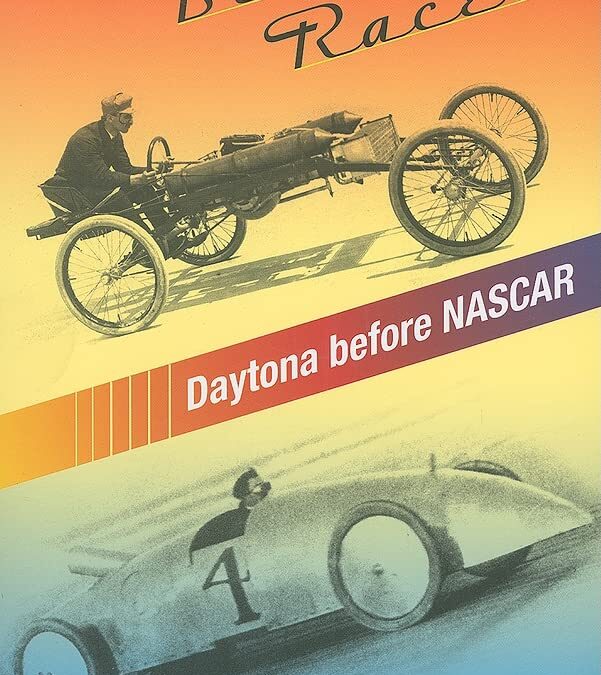
Every spring, hordes of fans descend upon Florida for the Daytona 500, the famed first race in the NASCAR season. But how many know that racers have been bringing fast cars to the beach for more than one hundred years? Beach Racers portrays the thrills and dangers of the first automobile races in Daytona. In an era of poor roads, the flat, wide sands of Ormond and Daytona beaches proved to be the ideal venue for engineers and drivers pushing the technological envelope, looking for ways to make their cars go ever faster. For nearly a decade (1903-1910) land speed records were routinely set and broken by automakers such as Mercedes, Winton, Napier, Darracq, and Stanley Steamer thanks in part to financing from such business tycoons as Stanley brothers and Vanderbilt. Dick Punnett has scoured libraries, auto museums, and historical societies throughout Florida, the Northeast, and the Midwest to track down stunning photographs and primary sources to learn what really happened during these early races. Filled with riveting photographs, fascinating anecdotes, and authoritative lists of winners, contestants, and record-setters, Beach Racers is a must-have for every true fan of NASCAR.

Still the world’s most popular and most exciting aircraft, the Lockheed family of A-12, YF-12, D-21/M-21, and SR-71 Blackbirds are to this day the highest-performance jet-powered airplanes ever flown. They have set numerous world speed and altitude records for manned aircraft powered by air-breathing engines that theoretically may never be broken. Although no longer operational, A-12s and SR-71s flew for nearly three decades at speeds in excess of Mach 3 and altitudes of up to 90,000 feet. Expanding on the successful sales of all Specialty Press Blackbird publications is this natural extension of the product line created by compiling many never-before-published photos coupled with new de-classified information recently released by the CIA, including black-and-white photos of A-12 cockpits, early camera installations, and never-before-seen special camouflage schemes. The photos in this edition are black and white.
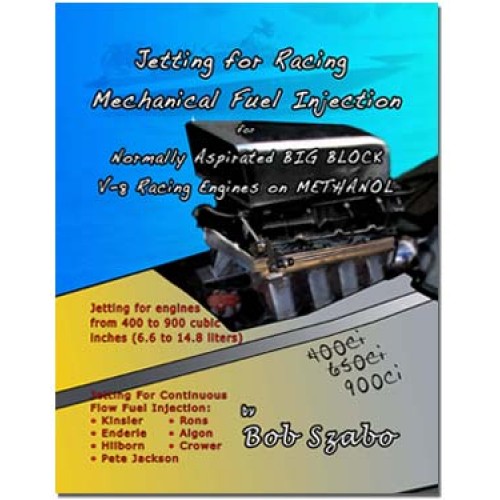
For Normally Aspirated BIG BLOCK V-8 Racing Engines on METHANOL
Fuel Injection Supplier approved.
FUEL INJECTION TUNING HELP FROM THIS MANUAL: Racers throughout the world rely on racing mechanical fuel injection for high output power levels. Those polished stacks, scoop, or huge throttle body fed by individual fuel lines all indicate high power outputs. Tuning the jetting produces a win or loss, DNF or DNQ a race engine in one piece or broken. Simplify your tuning with easy to use lookup tables with detailed technical information. Math secrets to fine tune your jetting adjustments are revealed.
Jetting for normally aspirated big block V-8 engines from 400 to 1000 cubic inches (6.6 to 16.4 liters)
This is the second in a series of manuals about jetting for mechanical fuel injected race engines. The first was for the small block. This manual is specific to larger big block V-8’s on methanol. Info on nozzle sizes applicable to 2, 4, and 6 cylinder engines or any number of cylinders is provided. Setup & tuning of a methanol fuel injection engine is done with proper fuel pump size and jetting. Even after a proper fuel pump size is determined, tuning with jetting can be an endless task. This includes variations from engine component changes and weather changes. While the adjustments are few, their numbers of combinations are large. Because of that, this manual provides the following:
• Science of tuning with jetting
• Math for how to determine the jetting basis
• Jetting tables to illustrate individual tuning trends
• Additional jetting tables for various engine sizes.
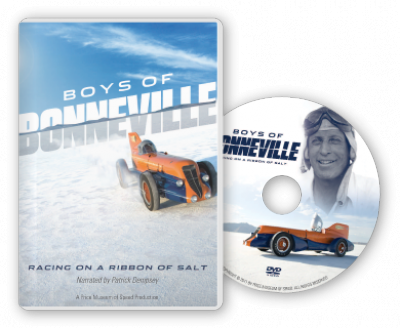
“Boys of Bonneville: Racing on a Ribbon of Salt is about an America that has all but disappeared, when lucrative business deals were cemented by a handshake and state of the art automobiles were designed on the backs of envelopes. It tells the story of an unsung hero and self-made man, David Abbott Jenkins, who, with almost superhuman stamina and boyish charm, set out to single-handedly break every existing land speed record on his beloved Bonneville Salt Flats of Utah. More than a century later, many of “Ab’s” records remain unbroken and the legacy lives on in his custom car. Looking like something Batman would have owned, the story comes full circle when Ab’s son Marv, restores the 12-cylinder, 4800-pound “Mormon Meteor” to its glory days for a ceremonial lap on the salt.
The film features pristine archival footage of Ab, Marv, and their races, as well as recently shot HD interviews with a stellar list of car and racing aficionados (including Jay Leno and Col. Andy Green, the current land speed holder). The car resides in Salt Lake City’s Price Museum of Speed (www.pricemuseumofspeed.org) and will be visiting select cities as part of its Film Festival tour.
Boys of Bonneville is that rare animal: an exhilarating film about an unknown American hero which leaves its audience cheering to the rafters and grabbing for their cell phones demanding to know “who is this guy and where can I see this car?”
”
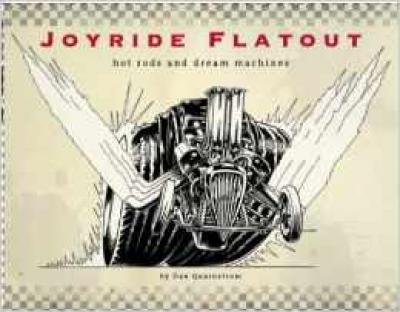
In Joyride Flatout, Dan Quarnstrom revisits the territory that originally inspired him, taught him to draw for the sheer fun of it and to recognize the opportunities he was presented with. Before he had a career, and throughout the one he has persued, he’s been completely nuts about Hot Rods. This book is the manifestation of that obsession.
JOYRIDE – in its simplest incarnation a joyride can be as innocent as taking the family car out for a spin. Perhaps taking mom’s station wagon or dad’s sedan to an empty stretch of road and opening them up for some velocity challenged friends.
More elaborate schemes to fulfill the need for speed include “borrowing” a stranger’s car and returning it a few hours later, albeit with the addition of a few extra miles on the odometer and a lot less rubber on the tires.
In an effort to quench this primal desire, rational men will drop big block Chrysler motors into tiny Fiat bodies and smoke their way down a quarter mile of asphalt. In belching fire and screaming noise, dreams are made real, and so it is on the printed page.
To Joyride is to recapture the sense of what is possible. The exhilaration of ideas well executed, barriers being broken, the collision of the sublime and the ridiculous.
If JOYRIDE is inspiration, then FLATOUT is intensity.
The artwork in this book is the continuation of Quarnstrom’s lifelong fascination with hot rods, dragsters and custom cars, currently called Joyride Flatout. As the source of his earliest inspiration and having provided him with the raw materials for a lifetime of drawing, he revisits this subject matter often. These are the drawings he wanted to do when he was 12 years old, but didn’t have the skills to pull them off (some are drawings done when he was 12).
The pioneers of wild style car design, Ed “Big Daddy” Roth and his contemporaries, were at the height of their powers as custom car designers, providing a panorama of challenges for thousands of aspiring pencil jockeys. They provoked, validated and sustained his interest in the mechanical as art.
On the other side of the fence the drag racers were creating some of the most aesthetically pleasing, murderously loud, fire breathing beasts imaginable. More characters than cars, machines had been transformed into something beyond our comprehension. They made quite a lasting impression.
The concepts Dan Quarnstrom internalized then about design, attitude, character, shape, volume, weight, mechanics, precision and patience, he now uses professionally, on a daily basis. More importantly the real lesson was the enticement, the challenge, to think unconventionally, to color wildly outside the lines. It was a conspiracy of fun.
This is a book about finding inspiration and holding on to it.
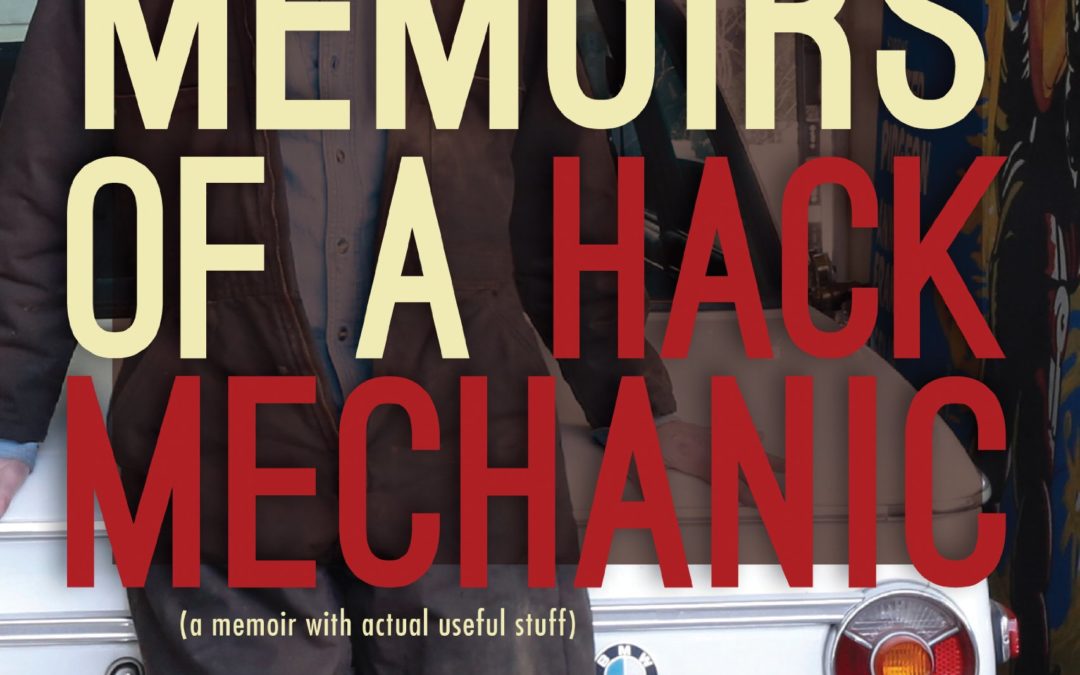
How fixing broken BMW’s made me whole
In Memoirs of a Hack Mechanic, Rob Siegel shares his secrets to buying, fixing, and driving cool cars without risking the kids’ tuition money or destroying his marriage. And that’s something to brag about considering the dozens of cars, including twenty-five BMW 2002s, that have passed through his garage over the past three decades.
A geophysicist by day and self-professed car junkie in his free time, Siegel explores his passion for cars with unflinching honesty and offers a unique window into the Car Guy mind. For over 25 years, Rob has written a monthly column called “The Hack Mechanic” for the BMW Car Club of America’s magazine Roundel. Along the way he reflects on the genesis of his fascination with boxy little German sedans, the miserable Triumph GT6+ he owned in college, rebuilding the engine of his wife’s VW bus in the kitchen of their first apartment, how cars affect family dynamics, and why men really love cars. And in showing how cars have repeatedly been the conduit for deep human connections in his life, Siegel reveals his controversial theory that beyond their greasy fingernails, gearheads are actually intimate, caring creatures. Siegel also explains why, in a world over which we have so little control, the act of diagnosing and painstakingly fixing broken cars can be immensely therapeutic. Just don’t ask him to fix other people’s cars!
With a steady dose of irreverent humor, Memoirs of a Hack Mechanic blends car stories, DIY advice, and cautionary tales in a way that will resonate with the car-obsessed (and the people who love them).
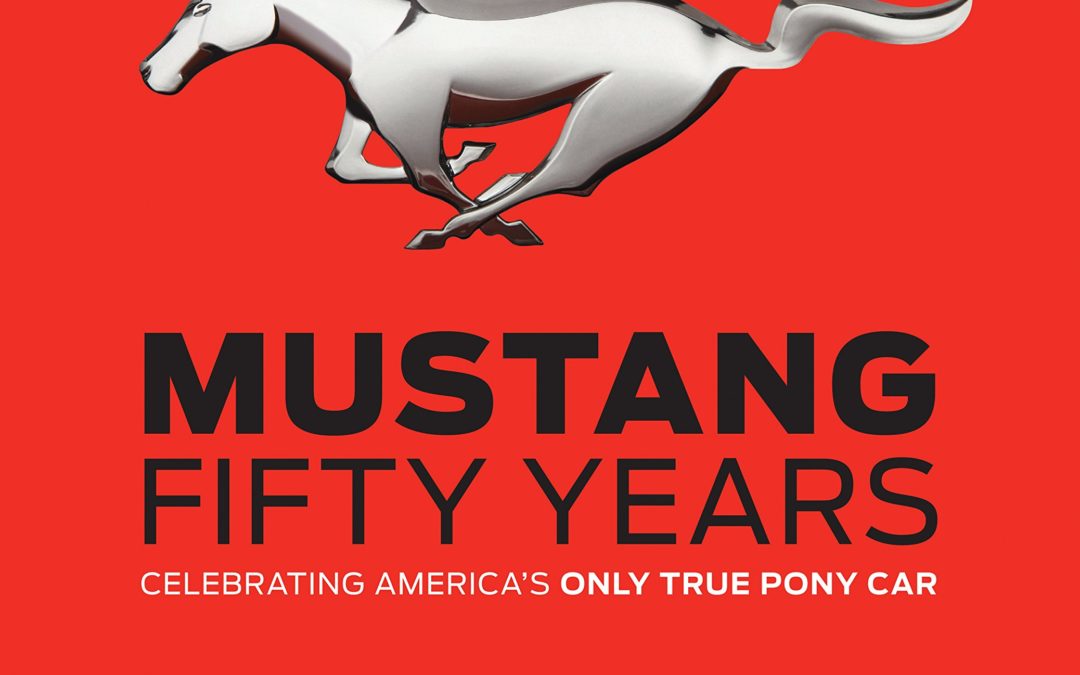
SOLD OUT
In the early 1960s, Lee Iacocca—then director of the Ford division at Ford Motor Company—convinced Henry Ford II to produce a sporty four-seat car aimed at the emerging youth market. That car, essentially a reconfigured and re-skinned Falcon economy car, became the Ford Mustang, and it changed the automotive world like no other car before or since. In Mustang: Fifty Years, acclaimed Mustang writer Donald Farr celebrates this unbroken lineage of muscle: its phenomenal first-year sales, the new “pony car” genre it pioneered, and subsequent models that include the Mustang GT, Shelby GT350, Shelby GT500, Super Cobra Jet, Boss 302 and Boss 429—all part of a line of American performance cars that continues on to this day. With 400 photos of the USA’s iconic sports car and released in tandem with the Mustang’s 50th anniversary, Mustang: Fifty Years is a must on the bookshelf of any gearhead or Ford aficionado.
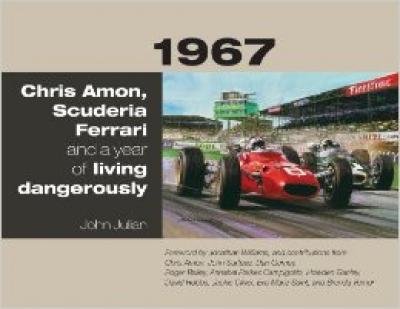
“1967 was a milestone year in motor racing. For Ferrari, the season started with sports-car victories at Daytona and Monza, but soon turned tragic with the death of Lorenzo Bandini after an accident at the Monaco Grand Prix. At Spa, another spectacular accident put Mike Parkes out of action with two broken legs, and prompted Ludovico Scarfiotti to quit the Ferrari team. That left Chris Amon, a 23- year old New Zealander in his first year with the Italian team, to fight on alone until the year’s last race in Mexico. He would finished fourth in the F1 Drivers Championship after reaching the podium four times.
While Amon and Ferrari take center stage, 1967 also looks at the other drivers, teams, and events that shaped the campaign for the championship. The book includes observations and memories from such leading drivers as John Surtees and Dan Gurney, as well as informed insiders like Amon’s countryman Howden Ganley, Enzo Ferrari’s assistant Brenda Vernor, and Grand Prix star Eva Marie Saint. It also goes beyond Amon’s time with Ferrari, covering both his early years with the Cooper and Parnell teams, his 1966 victory at Le Mans with Bruce McLaren, and his later career with March and Matra.
Amon worked closely with author John Julian to explain exactly what it was like to compete at the highest level during a unique moment in motorsports history, and his first-hand recollections give the book a very personal quality. Julian’s vibrant prose and extended quotes from key characters make 1967 a fast-paced read, with a wealth of photographs adding atmosphere and excitement. And while the book includes enough detail to satisfy the most serious fan, it also offers a wider view of a bygone era by noting other events in the news, popular songs of the day, and local details about each major race.
”



